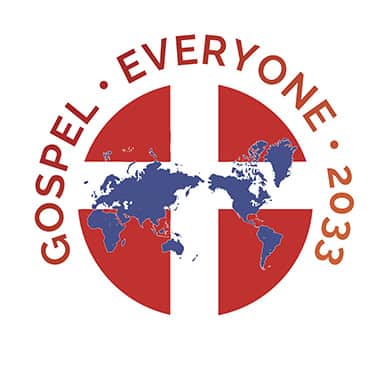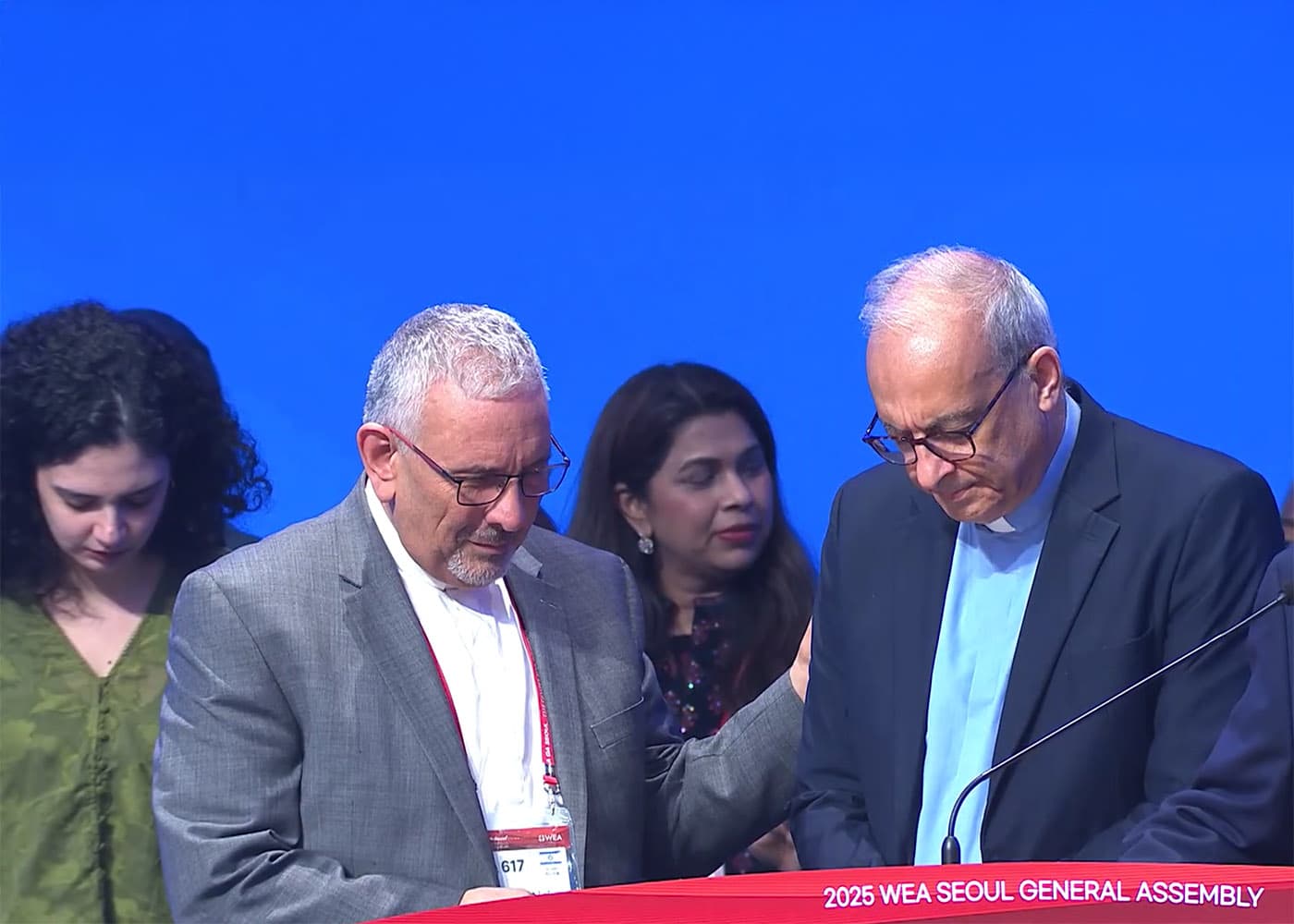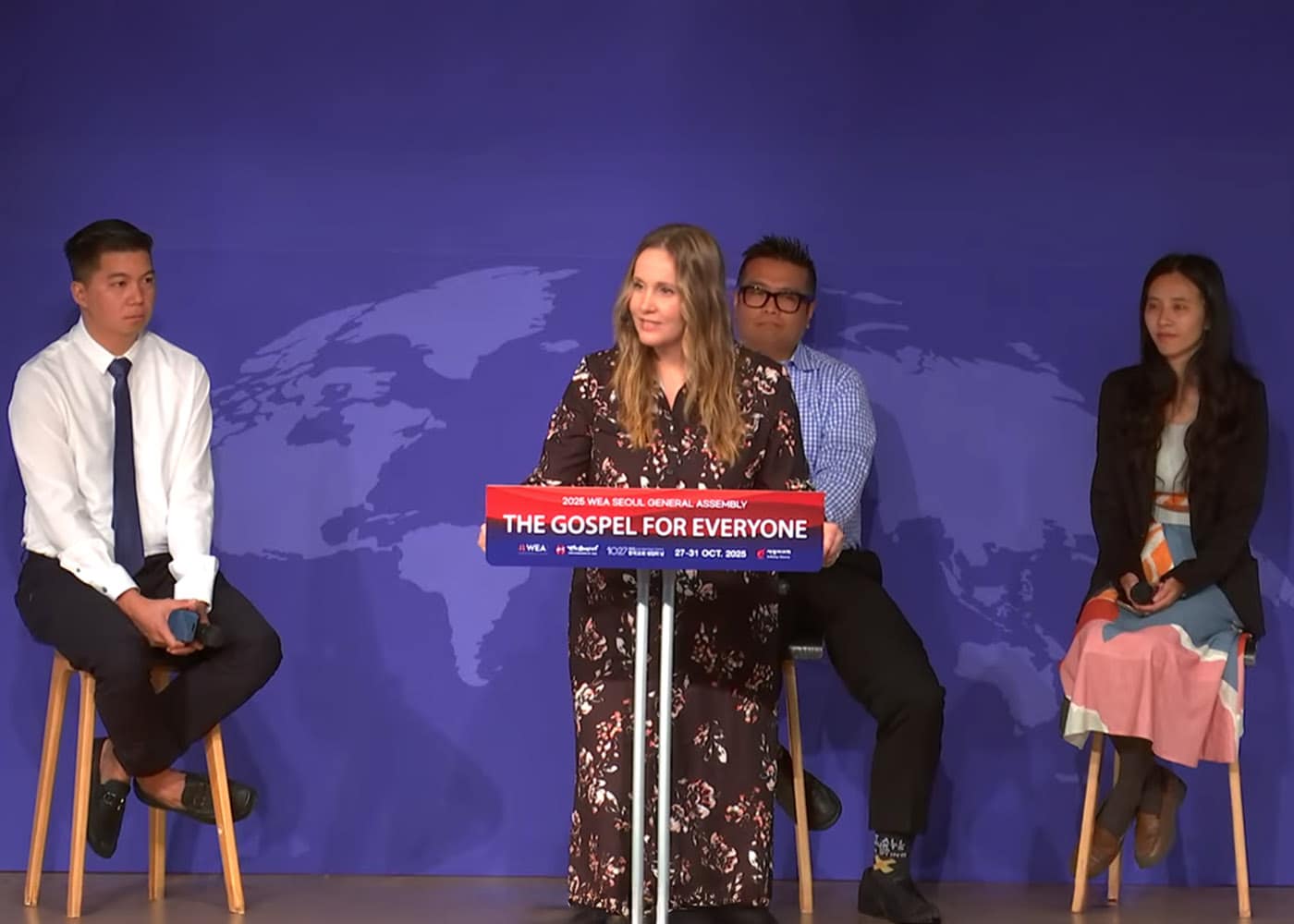By Johannes Reimer

“‘The principle of territorial integrity is an important part of the international legal order and is enshrined in the Charter of the United Nations, in particular in Article 2, paragraph 4’ (about the prohibition of the use of force), as well as in other important texts, including those on self-determination. The concept includes the inviolability of the territory of the State, including territory under the effective control and possession of a State.” [1]
Territorial integrity – the red line in international affairs
In all currently running war situations, territorial issues seem to play a central role. The Kurds in Iran, Iraq, Syria and Turkey, for instance, demand an independent state and challenge the established nations inside the established borders.
The Uighurs in China fight for their independency. The people in the Tigray province in Ethiopia challenge the central government in Addis Ababa demanding the right to protect and defend their own territory, which at the same time is a province of the independent Ethiopian state. Mali, Cameron, Kongo, Myanmar, Afghanistan, Palestine and, of course, Ukraine, are other examples.
In all those wars and conflict situations the principle of territorial integrity as established by the United Nations is questioned and challenged. Forces from in- and outside of the particular state question the validity of the existing borders and demand the reshaping of territory due to the historic unjust way, how such borders came into being.
Sovereign states have, historically speaking, seldom acquired their sovereignty by democratic decisions of its population. Most of the African and Asian countries have become independent after centuries under the colonial rule of Empires in Europe. Their borders were shaped by colonial rulers and the ethnic population is often spread through a number of neighboring countries, leading to constant conflicts and wars.
Similarly, the territory of Russian and Soviet empire was shaped less by the different ethnic groups living in an particular corner of the empire, but rather by the Zars and, later, the General Secretaries of the Communist Party. I grew up in a small desert city at the Syr-Darya River in the territory which was Uzbekistan then. Due to some political considerations in Moscow, it was moved to become a part of Kazakhstan and after both Kazakhstan and Uzbekistan became independent in 1991, territorial fights began. The same happened between Kyrgyzstan and Tajikistan, Georgia and Abkhazia, Moldova and is still going on between Armenia and Azerbaijan. And now also Russia and Ukraine.
The UN draws a red line around the territory of a given state, and it might be a helpful concept where sovereign states are founded according to democratic decisions of their people. But what about all those who have been forced into a nation they have never desired to belong to? Are such borders set in stone?
Historic vs current borders
Vladimir Putin justifies his war against Ukraine by claiming to protect his own country, Russia, at its historic borders [2]. According to his narrative, there is a significant difference between historic and current borders.
The question however is – what does he mean by historic? Is he referring to the pre-Muscovite state in the beginning of the last millennium, the Kievan Rus, the Russian Czarist empire with its numerous colonizing wars all around Eastern Europe and Northern Asia, or the Soviet Union succeeding the Russian Empire, with its bloody history of Sovietization? Millions of people were killed in the process.
Does Putin mean the borders before the Stalin-Hitler pact of 1939 or rather after the WWII segregation of national territories among the defeated Hitler Alliance? Larger territories of Poland, Hungary, Rumania, Germany, the Baltics and more, were incorporated into the Soviet Union completely against the will of the people living there. Often the original population was simply relocated somewhere else. Is this the way how Russia and later the Soviet Union established its “historic borders”?
Using the term “historic borders” is problematic. A simple overview of border transfers through ages will convince everyone, how difficult this might appear [3]. Hungary, for instance, lost ¾ of her territory after World War II. Some of it is Ukraine today. The Kurds, once a mighty Median Empire, completely lost all political influence. Similar to the Hazara in Afghanistan, the Palestinian Arabs in Israel, or the Berber in Mali.
Does this mean that we have to freeze borders as they are currently set? Is the solution to take for granted what the various aggressors have done to peoples and nations in the past?
It is one thing when Putin, ruling the huge territory of the former Russian colonial Empire speaks of historic borders, and a completely different one, when nations, to whom an historic injustice happened, claim their territory back, as this is the case in Armenia today. Armenians lost huge parts of their country to Turkey and Azerbaijan, among which the historic cultural and religious motherland of Armenia, Artsach or Nagorno-Karabakh, belongs [4]. Do they really cross a red line by demanding their territory back?
Claiming historic borders is never just wrong. And the UN Charta is not simply right by setting a red line, following a status quo. The particular situation might be much more complicated.
Some of the so-called independent states have inherited a territory granted to them by foreign powers. Should then a colonial past be a holy caw, no one is allowed to touch? I do not think so. Every nation of this world must have the right to claim independency inside their own historic settlement. Forced integrity is never a solution. Neither in Africa, Asia or in Europe. And surely, border issues need to be solved in a democratic, peaceful manner and not by force and war.
Does this mean, the world should engage Putin in a conversation on historic borders, one year after the horrible unjust war against Ukraine started? In principle – yes! Only a proper debate on historic borders will reveal, how valid his claims are.
And does this mean, we should support Armenia in its struggle against the territorial claims of Turkey and Azerbaijan? Yes, of course. Hundreds of thousands of Armenians are forced to leave their land. Many lost their lives. Who else will advocate for them? And the Kurds, the Rohinga, the Berber and the Uighur? The world tends to forget their struggle. We Christians should not.
Peace for communities
Christians engage in peace. They are peacemakers on both sides of borders, leading all nations to understand “the land is the Lord’s” and who ever owns it, is responsible to rule it in peace (Romans 13:1-4).
We are never owners, but rather stewards of God’s possession. And the church of Christ is God’s royal priesthood. She is not guided by red lines drawn by political parties, be this international or national, but by her divine calling of being ambassadors of reconciliation (2Cor. 5:18-20).
As such, the church will never simply accept unjust developments, forced nationality and borders set by injustice. Instead, she will stand up against aggression and advocate for dialogue and a peaceful solution wherever possible.
Today this is especially needed in war situations in Ethiopia, Sudan, Cameroon, Armenia and Ukraine. It is high time to talk. Killings do not lead to peace. Prayer and dialogue will.
Johannes Reimer, professor extraordinarius for Mission Studies at the University of South Africa (UNISA) and Director of the Department of Public Engagement of the World Evangelical Alliance (WEA).
Notes
- Art. Territorial Integrity. In: Encyclopedia Princetoniensis (visited: 23.02.2023).
- See report and comments in: Putin: Russia engaged in battle for its ‘historic borders’, Euronews (23.02.2023).
- See, for instance: Nick Routley: Map: All of the World’s Borders by Age. MISC, 12. January 2018 (23.02.2023).
- See: Johannes Reimer: An Ancient Culture at the Edge of Destruction, Evangelical Focus, 9.02.2022 (17.02.2022).





Stay Connected